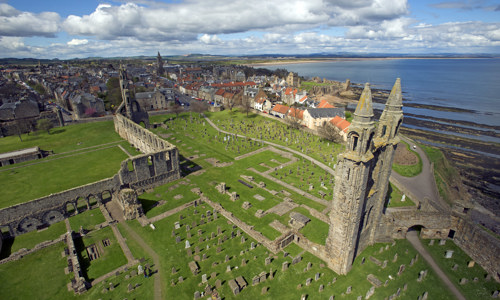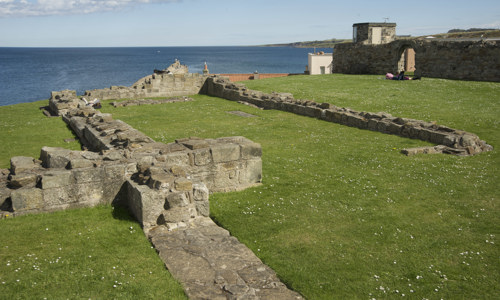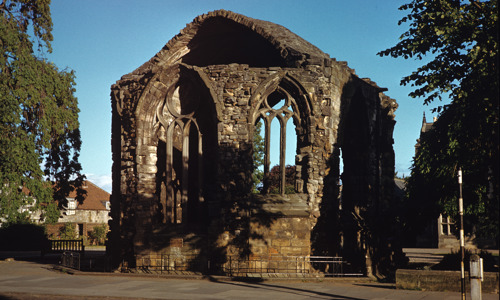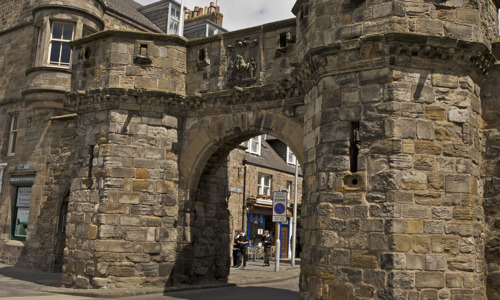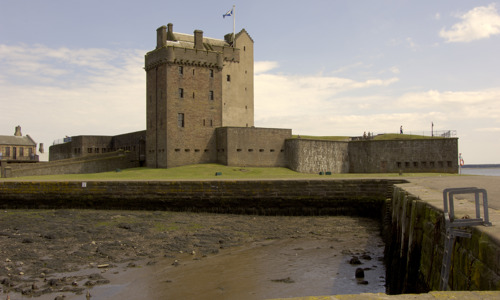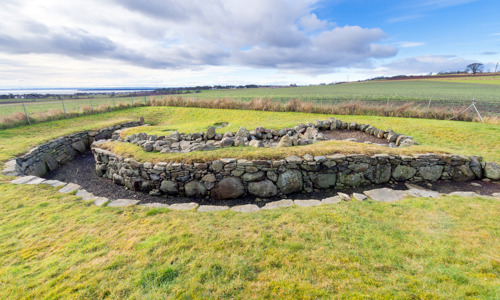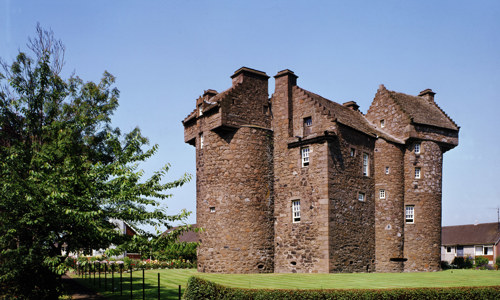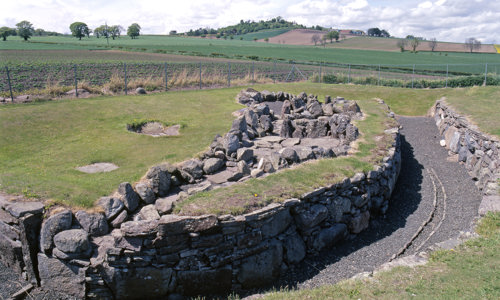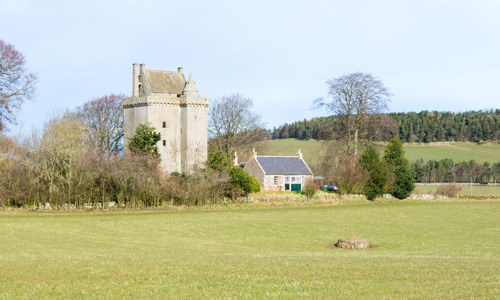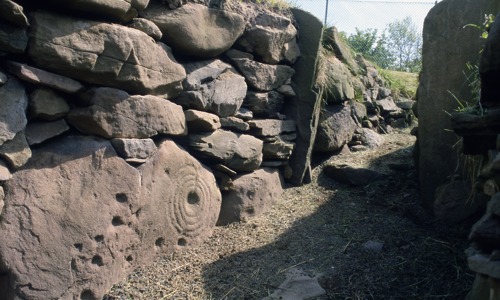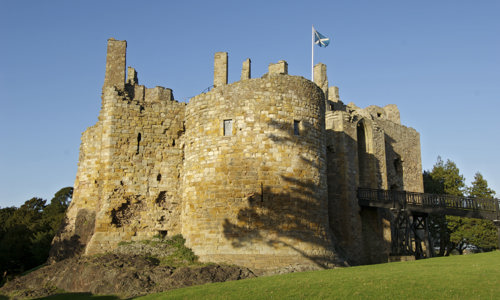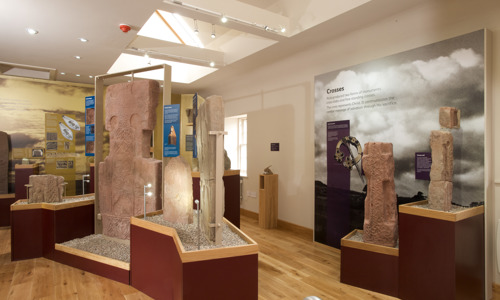History
St Andrews Castle was the official residence of Scotland’s leading bishop (and later archbishop) throughout the Middle Ages. Its size signalled the power and wealth of these important churchmen.
Some key moments leading up to the Protestant Reformation in 1560 took place inside the castle walls.
These include the:
- burning of the Protestant preacher George Wishart
- murder of the Catholic Cardinal David Beaton
- great siege of 1546–7, when the church reformer John Knox was one of the garrison
Bishops and archbishops of St Andrews
Bishop Arnold (1160–62) began building a new cathedral on an unprecedented scale. Bishop Roger (1189–1202) began the new castle as his official residence.
St Andrews Castle suffered significant damage during the Wars of Independence with England (1296–1356). It had to be substantially rebuilt by Bishop Walter Trail (1385–1401).
The bishops of St Andrews gained overarching responsibility for the Scottish Church in the later medieval period.
Reformation violence
Religious tensions grew in the early 16th century, leading to more building works. Archbishop James Beaton (1521–39) built new gun towers to strengthen the castle’s defences, which were soon put to the test by his nephew and successor.
Cardinal David Beaton (1539–46) strongly opposed the progressive move towards closer political ties with Henry VIII’s Protestant England. He had Protestant preacher George Wishart burned in front of the castle. In response, a group of Protestant nobles occupied the castle and assassinated Beaton.
The siege that followed, led by the Regent Arran, caused extensive damage. It also resulted in the creation of the castle’s most remarkable features – the mine (dug by Regent Arran’s troops) and countermine (dug by the Protestant rebels). These underground passages of medieval siege warfare are unique.
Decline and ruin
Archbishop John Hamilton (1546–71) repaired the badly damaged castle, giving it a new entrance front. The ornate Hamilton Façade is in stark contrast to the defences built by previous residents. It reflects Hamilton’s wealth and power as well as changes in architectural styles.
But Hamilton’s tenure was brought to an early end, because he opposed the Reformation. He was eventually hanged.
St Andrews Castle was left without a resident or a purpose when bishops were abolished in 1592. It fell rapidly into ruin.
In 1801, the Great Hall collapsed and most of it plunged into the sea. There were further losses until a sea wall was built in 1886.


